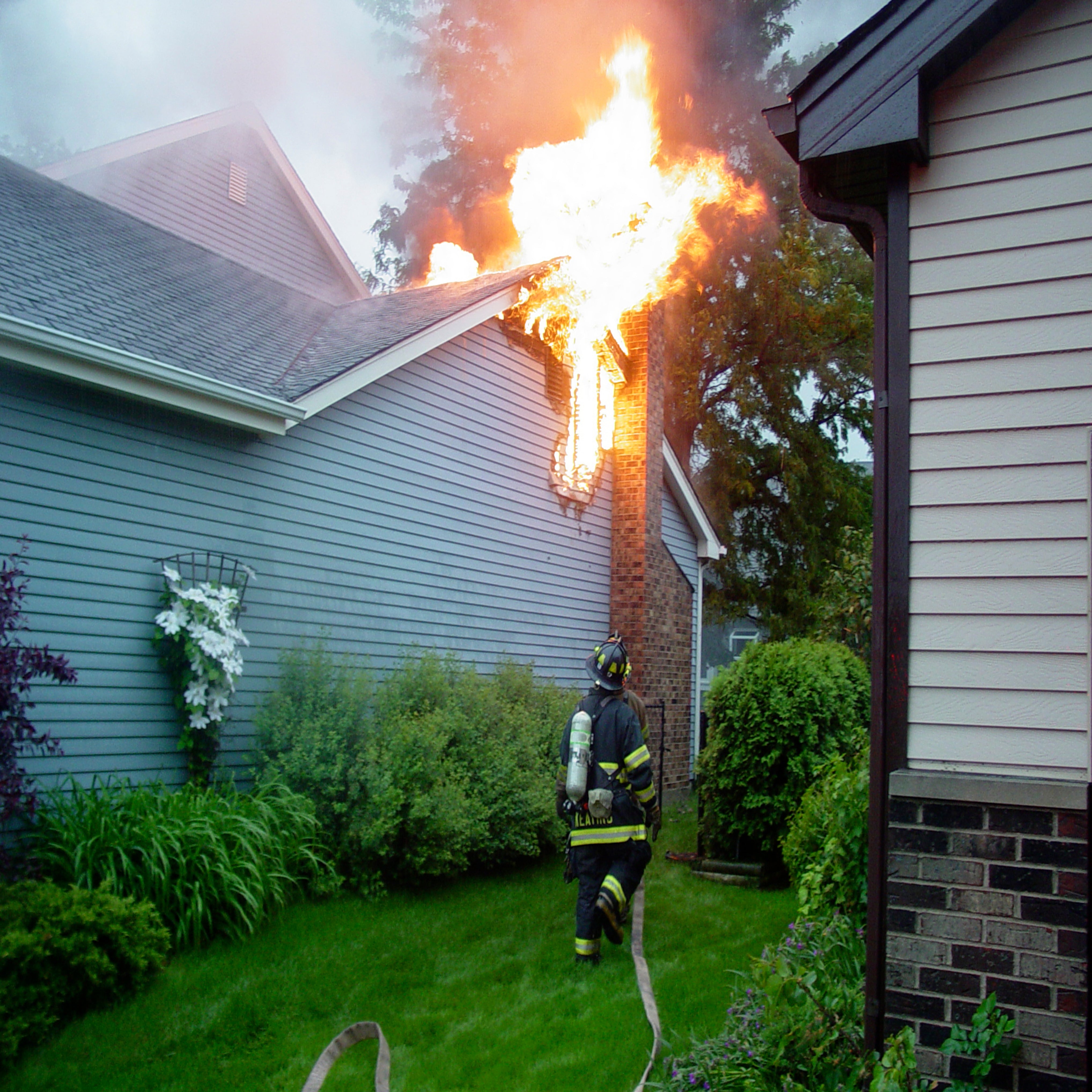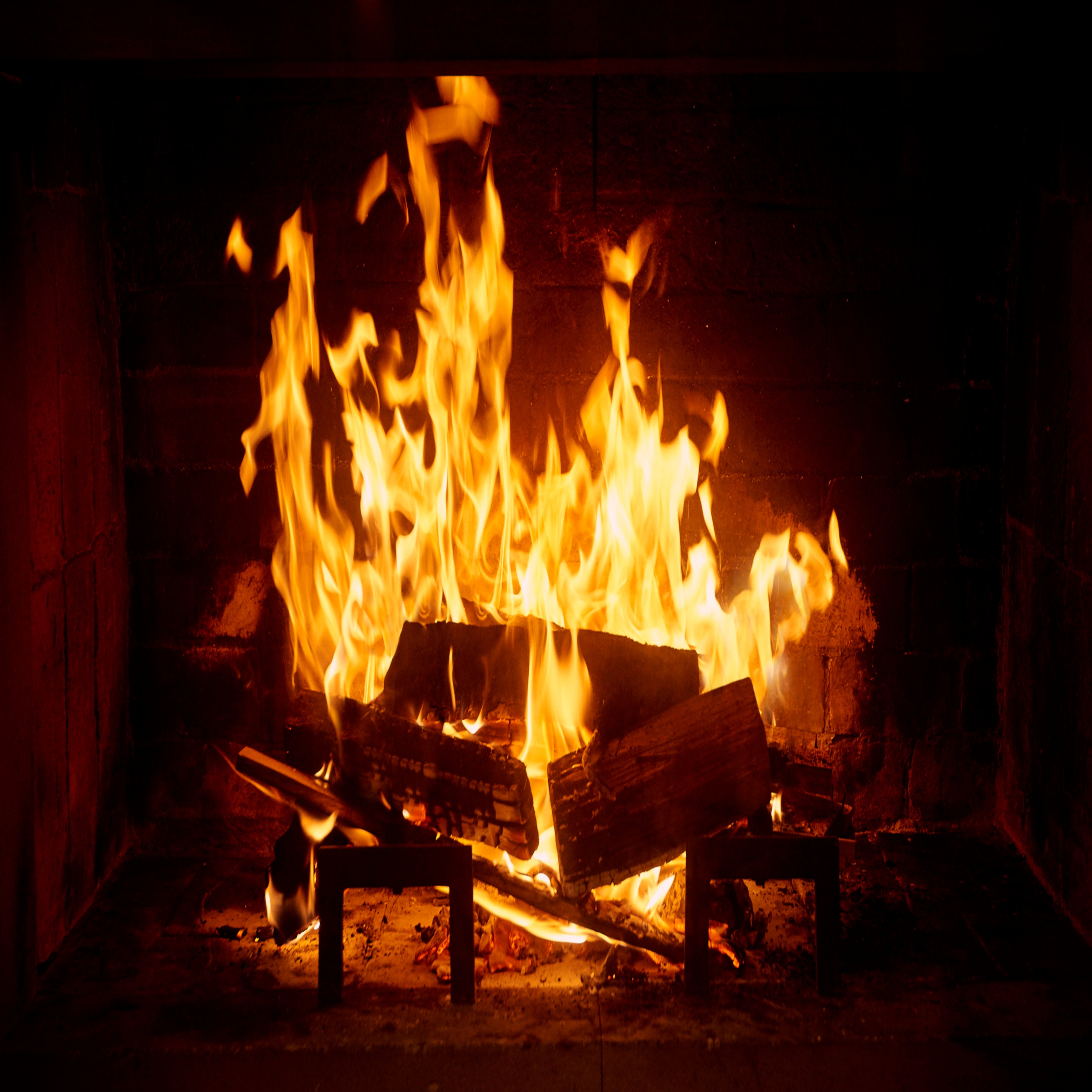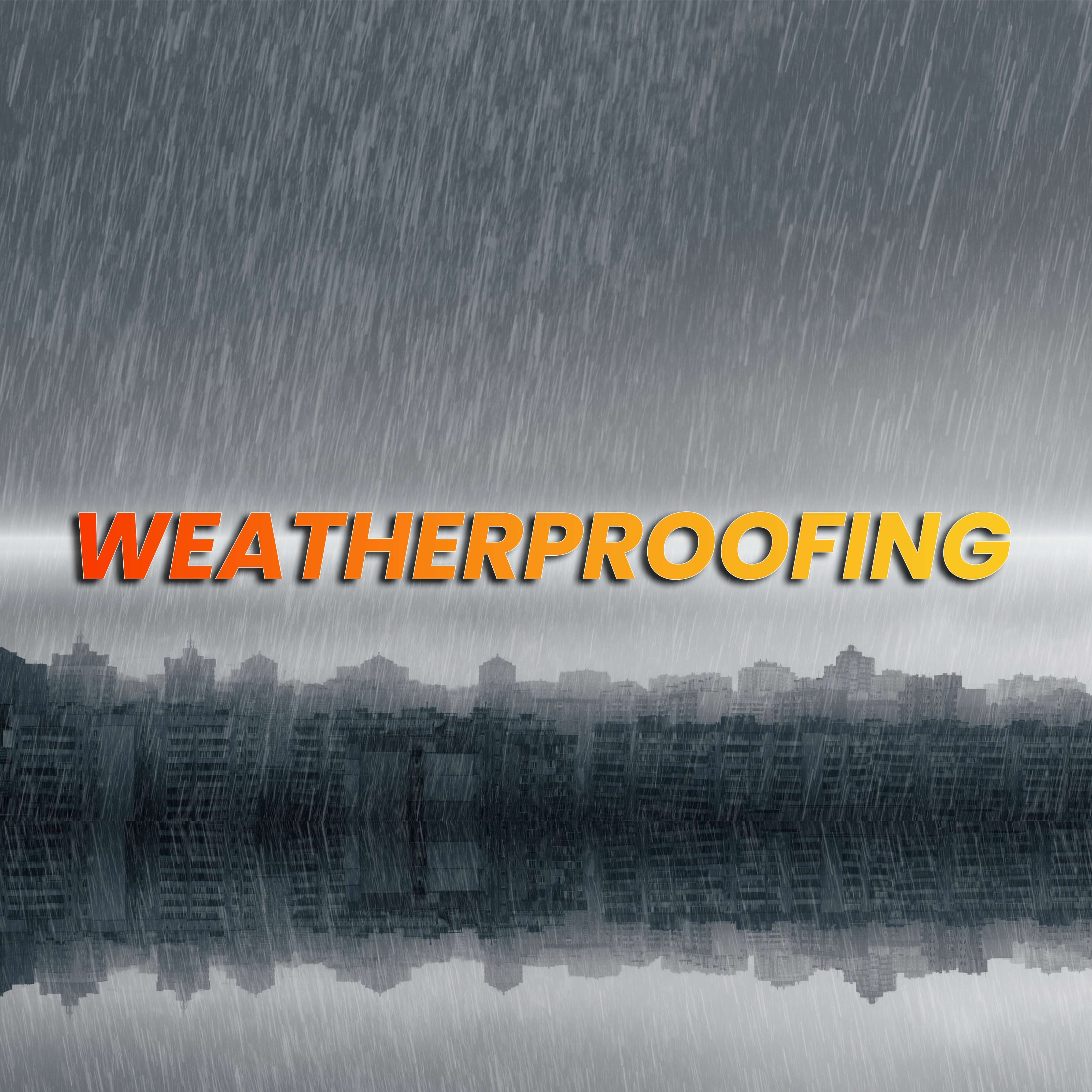How VR Is Changing Life for Chimney Sweeps
The Future of Chimney Sweep Training: Embracing VR Technology with "Chimmothy" In the fast-evolving landscape of vocational training, the integration of Virtual Reality (VR) presents a groundbreaking shift for chimney maintenance and restoration. This week, we had the privilege to talk with the Vice President of Business Development at From The Future, shedding light on how VR will revolutionize training for chimney sweeps. The conversation unveiled their innovative VR platform along with their AI persona "Chimmothy," which was designed to significantly expedite the learning curve for new sweeps. Through AI personas like Chimmothy, VR could become a platform that provides business owners a cutting-edge tool in employee training and retention. The Innovation Behind VR Training for Chimney Sweeps From The Future's approach to VR training involves the creation of an AI persona, "Chimmothy," tailored specifically for the chimney maintenance and repair industry. This AI Subject Matter Expert (SME) leverages a comprehensive knowledge base sourced from industry standards, manuals, and expert insights, including contributions from the National Chimney Sweep Guild (NCSG) and renowned professionals like Bob Ferrari. "Chimmothy" embodies a revolutionary method of learning, allowing users to engage in interactive dialogues, receive instant feedback, and immerse themselves in realistic scenarios they might face on the job in virtual reality. Adapting to VR: A Seamless Experience for All Ages Addressing potential concerns about the adaptability to VR technology, From The Future emphasizes the inclusivity of their platform users who might not have used Virtual Reality before. With modules like VR familiarization, users are introduced to the VR environment and controls in an intuitive manner, ensuring a low friction experience regardless of age or tech-savviness. This deliberate design choice aims to make VR training accessible and effective for every chimney sweep, paving the way for smoother onboarding and skill acquisition. Transforming Traditional Training Methods The VR training platform is set to complement and enhance the existing NCSG apprenticeship program by offering simulations of situations difficult to replicate in real life. From navigating challenging physical environments to interacting with AI customers, the platform prepares sweeps for a myriad of real-world situations without the associated risks. Mullins underscored the emphasis that From the Future would allow sweeps to experience real world consequences without suffering real world consequences. This innovative approach not only reduces the time required to gain proficiency but also enriches the learning experience with practical insights and feedback. Bridging Knowledge Gaps at the Business Level "Chimmothy" isn't just a tool for individual learners; it's envisioned as a resource for business owners and senior employees looking to streamline the knowledge transfer process. By customizing AI personas for specific business needs, From The Future aims to facilitate a smoother transition of expertise, addressing the industry's challenge of bridging generational knowledge gaps effectively. A New Era for Chimney Sweep Businesses Implementing VR in training reflects a broader application of the technology across various stages of employment, from recruitment to leadership development. Businesses can leverage VR to provide prospective employees with a realistic job preview, streamline onboarding, and offer specialized training tailored to their role. Moreover, the detailed tracking and performance analysis offered by VR training platforms promise a more informed approach to employee development and retention strategies. The Exciting Prospects of "Chimmothy" The anticipation surrounding "Chimmothy" users' experienced was certainly palpable after the 2024 NCSG convention where the demo was initially unveiled. From enhancing proficiency and safety to making learning more engaging and adaptable, the VR platform is poised to alleviate the pressures on senior staff and enrich the professional journey of chimney sweeps. The unique capability of "Chimmothy" to tailor explanations to diverse learning styles, even simulating the simplicity needed for a five-year-old's understanding, underscores the platform's innovative approach to education. By introducing “Chimmothy” through VR training, From The Future has the potential to create a significant leap forward for the chimney sweep profession. By harnessing the latest in AI and VR technology, the industry is set to undergo a transformation that promises not only to enhance the efficiency and safety of training but also to redefine the career pathways for chimney sweeps in the digital age.




